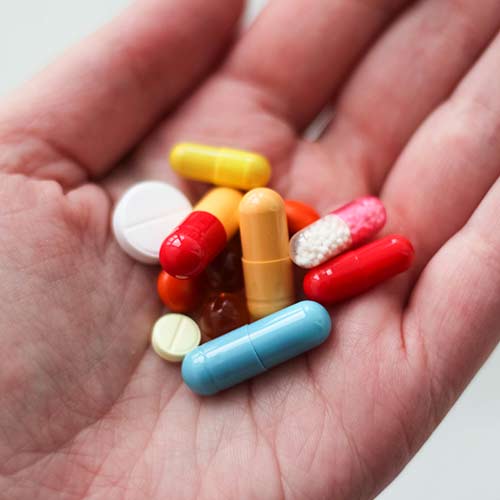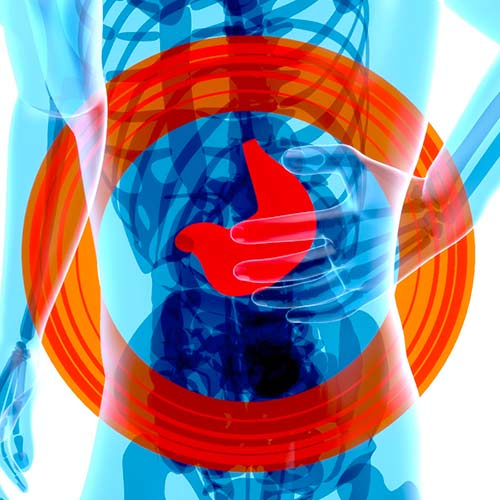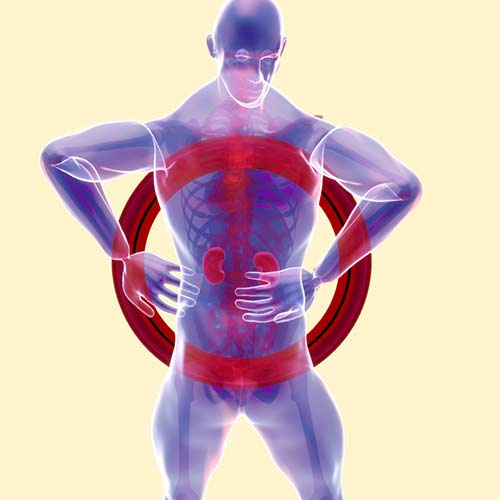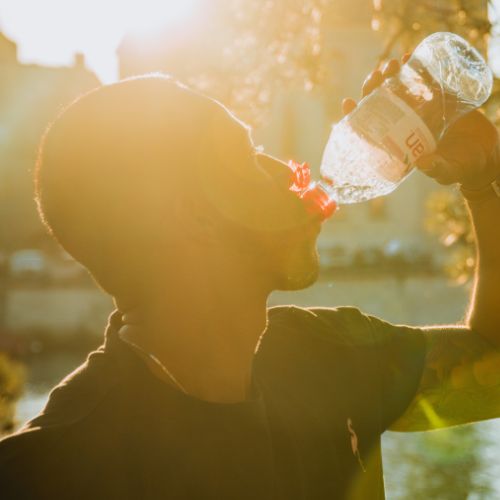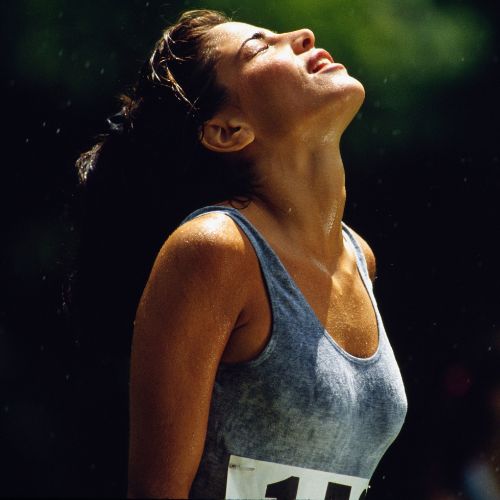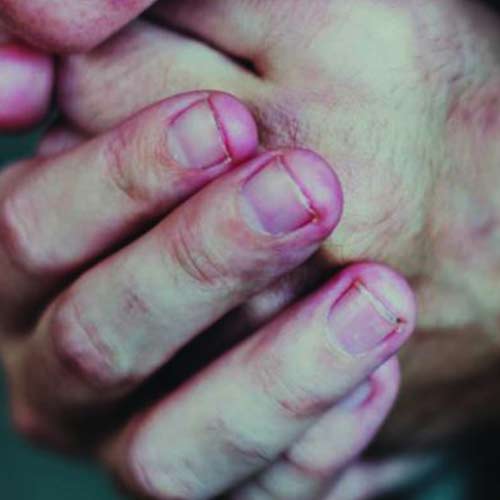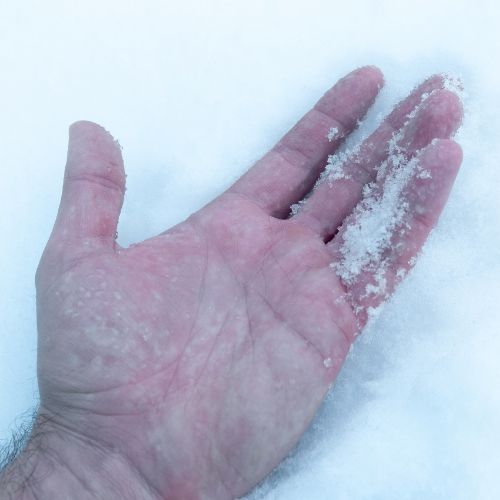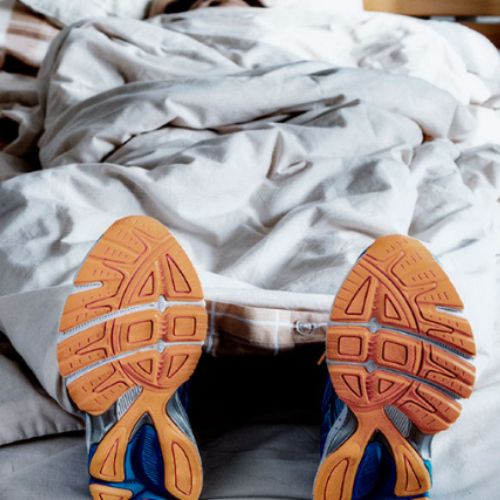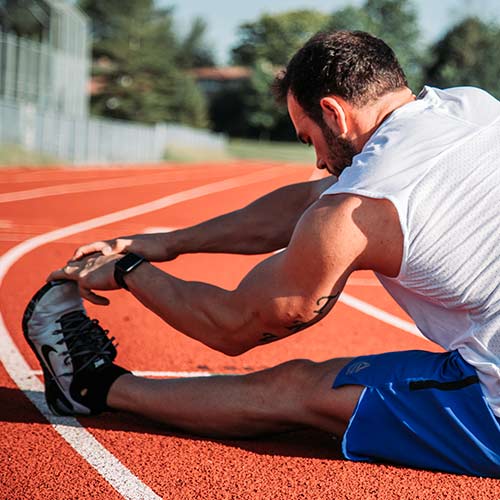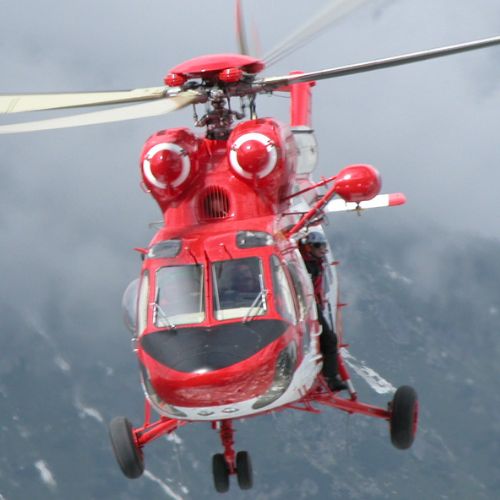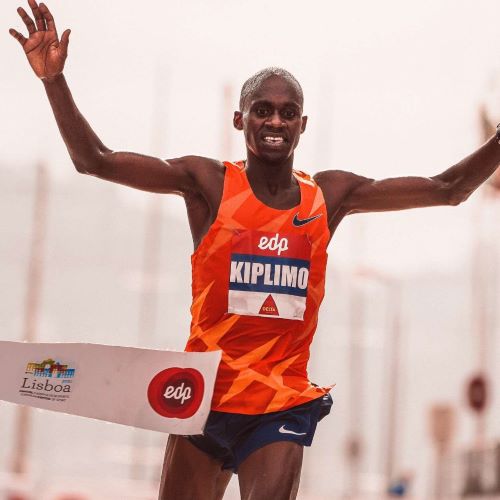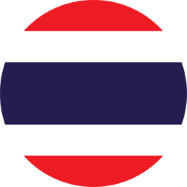We have summarized in 5 minutes
below medical advice adapted to
your practice of ultra-endurance.

This advice is based on twenty years of experience in outdoor sport events medical assistance.
01 Self-medication
Anti-inflammatory drugs are not fantastic!
Unfortunately, self-medication is widespread in ultra-endurance events. Improper use can have counterproductive consequences much serious than those of the original problem.
Our advice
Medicines and Racing: Be careful!
 Treatment of your chronic diseases: YES, you must take your medicine during the race!
Treatment of your chronic diseases: YES, you must take your medicine during the race! Paracetamol: YESwith moderation. Be careful, however: any painkiller can hide a problem that needs to be treated. Pain is an important alert to be considered!
Paracetamol: YESwith moderation. Be careful, however: any painkiller can hide a problem that needs to be treated. Pain is an important alert to be considered! Corticosteroids: NO, they are doping agents!
Corticosteroids: NO, they are doping agents! Muscle relaxants: NO, they are ineffective for muscle disorders
Muscle relaxants: NO, they are ineffective for muscle disorders Non-Steroidal Anti-Inflammatory drugs (Ibuprofen, Nurofen®, Advil®, Spedifen®, Ketoprofen, Diclofenac, etc.): NO, they can have a deleterious effect on your body as we will present it below.
Non-Steroidal Anti-Inflammatory drugs (Ibuprofen, Nurofen®, Advil®, Spedifen®, Ketoprofen, Diclofenac, etc.): NO, they can have a deleterious effect on your body as we will present it below. Aspirin: NO because it increases the risk of bleeding in case of an accident. In addition, it may cause the same problems as anti-inflammatory drugs.
Aspirin: NO because it increases the risk of bleeding in case of an accident. In addition, it may cause the same problems as anti-inflammatory drugs.

02 Gastrointestinal Problems
Vomiting, what does it mean?
50% of withdrawals is related to digestive problems, especially in Running, which affect between 60 and 96% of ultra-enduring athletes during competition
The causes:
 Ischemia: the abdominal vascularization being reduced in favor of the vascularization of the muscles
Ischemia: the abdominal vascularization being reduced in favor of the vascularization of the muscles Microtrauma related to shaking
Microtrauma related to shaking
What are the factors?
 Intense and violent efforts.
Intense and violent efforts. Hyperthermia (heat stroke).
Hyperthermia (heat stroke). Ingesting of highly concentrated salt tablets or other products (power bars).
Ingesting of highly concentrated salt tablets or other products (power bars).
Our advice
Before the race:
 Test your nutrition as much as possible on your long and intense training to know your tolerance during the effort. Experiment with different volumes, compositions, and tastes.
Test your nutrition as much as possible on your long and intense training to know your tolerance during the effort. Experiment with different volumes, compositions, and tastes. Eat a residue-free diet at D-3, avoid solid meals at Hr-4, and go to the toilet at Hr-0.
Eat a residue-free diet at D-3, avoid solid meals at Hr-4, and go to the toilet at Hr-0.
During the race:
 Do not test anything during the race, keep your habits.
Do not test anything during the race, keep your habits. Manage your temperature and hydration.
Manage your temperature and hydration. In case of gastric disorder, take a break of 15 to 30 minutes, or more in case of persistent pain.
In case of gastric disorder, take a break of 15 to 30 minutes, or more in case of persistent pain. Possibility of taking a gastric bandage (®Gaviscon), an antispasmodic (®Spasfon), or an antiemetic (®Motilium), or an anti-diarrheal (®Smecta but not ®Imodium or ®Tiorfan)after talking about it with the race doctor only..
Possibility of taking a gastric bandage (®Gaviscon), an antispasmodic (®Spasfon), or an antiemetic (®Motilium), or an anti-diarrheal (®Smecta but not ®Imodium or ®Tiorfan)after talking about it with the race doctor only..
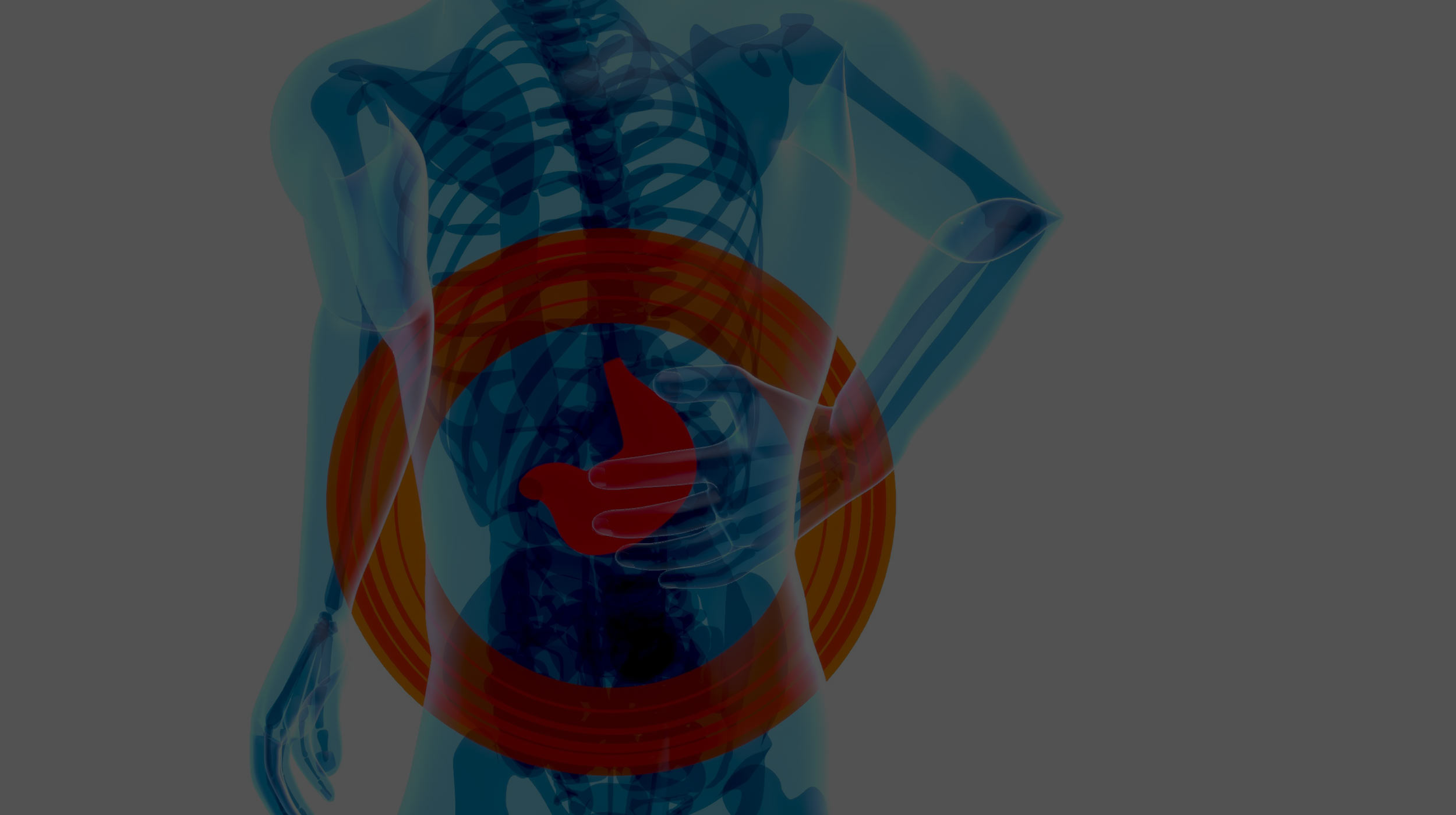
03
Rhabdomyolysis & acute Kidney injury
You also run with your kidneys!
Rhabdomyolysis refers to a situation in which muscle cells quickly break down and release their contents into the bloodstream. This degradation is then harmful for the kidneys which are no longer able to filter all these wastes. As a result, your kidneys stop working, without causing immediate symptoms. It is therefore particularly important to identify some warning symptoms.
Factors favoring rhabdomyolysis:
 Taking anti-inflammatory drugs
Taking anti-inflammatory drugs The onset of hyperthermia
The onset of hyperthermia  A state of dehydration
A state of dehydration  An insufficient or inappropriate physical preparation
An insufficient or inappropriate physical preparation  An intense and continuous effort
An intense and continuous effort A history of kidney disease
A history of kidney disease
Caution! Taking non-steroidal anti-inflammatory drugs (Ibuprofen, Nurofen®, Advil®, Spedifen®, Ketoprofen, Diclofenac, etc.worsens a phenomenon of rhabdomyolysis which can even alone cause this acute renal failure.
Our advice
Cases that should alert you:
 If your urine turns dark or you are unable to urinate, consult the race doctor!
If your urine turns dark or you are unable to urinate, consult the race doctor!  Palpate the muscles: if your muscles are very painful, you must stop your effort and consult the race doctor!
Palpate the muscles: if your muscles are very painful, you must stop your effort and consult the race doctor!
Symptoms of rhabdomyolysis:
 Intense muscle pain
Intense muscle pain Unusual fatigue
Unusual fatigue Dark urine
Dark urine Inability to urinate or very low urine output
Inability to urinate or very low urine output Edema of extremities / generalized
Edema of extremities / generalized
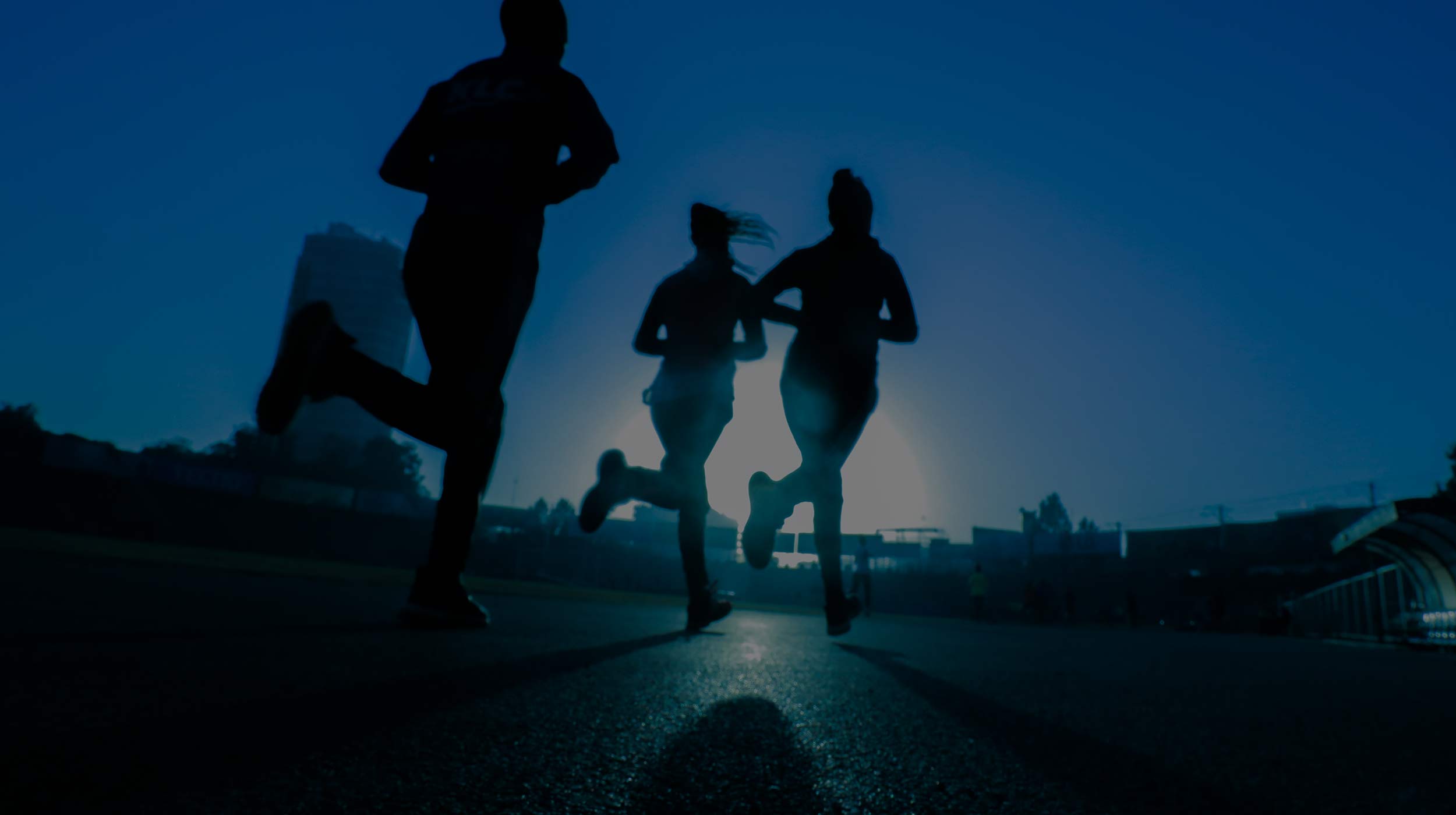
04 Hyponatremia
Drinking too much water kills… And this is not a joke!
Hyponatremia is a disorder in which your cells have a too low concentration of sodium, due to overhydration. This sodium deficiency can induce intracranial hypertension, which can cause confusion and and fatal convulsive seizures.
Factors favoring hyponatremia:
 Excessive and inappropriate hydration.
Excessive and inappropriate hydration. A Dilution of the salt level.
A Dilution of the salt level.
What are the symptoms?
 Agitation / Altered consciousness / Coma
Agitation / Altered consciousness / Coma Vomiting / Headache
Vomiting / Headache
Our advice
Hydrate yourself effectively
 You should drink when you feel thirsty. This is called "Drinking when thirst"
You should drink when you feel thirsty. This is called "Drinking when thirst" Do not try to over-hydrate yourself thinking that you will avoid cramps! Nothing is scientifically proven about it.
Do not try to over-hydrate yourself thinking that you will avoid cramps! Nothing is scientifically proven about it. Drink soups and eat salty ! Add two bouillon cubes in a cup, rest, and restart! Hypo, iso, or hypertonic drinks are not concentrated enough to maintain your salt level.
Drink soups and eat salty ! Add two bouillon cubes in a cup, rest, and restart! Hypo, iso, or hypertonic drinks are not concentrated enough to maintain your salt level. Do not consume salt capsules! It is ineffective as a preventive measure and potentially dangerous! Thus, we "salt to taste" our food.
Do not consume salt capsules! It is ineffective as a preventive measure and potentially dangerous! Thus, we "salt to taste" our food.
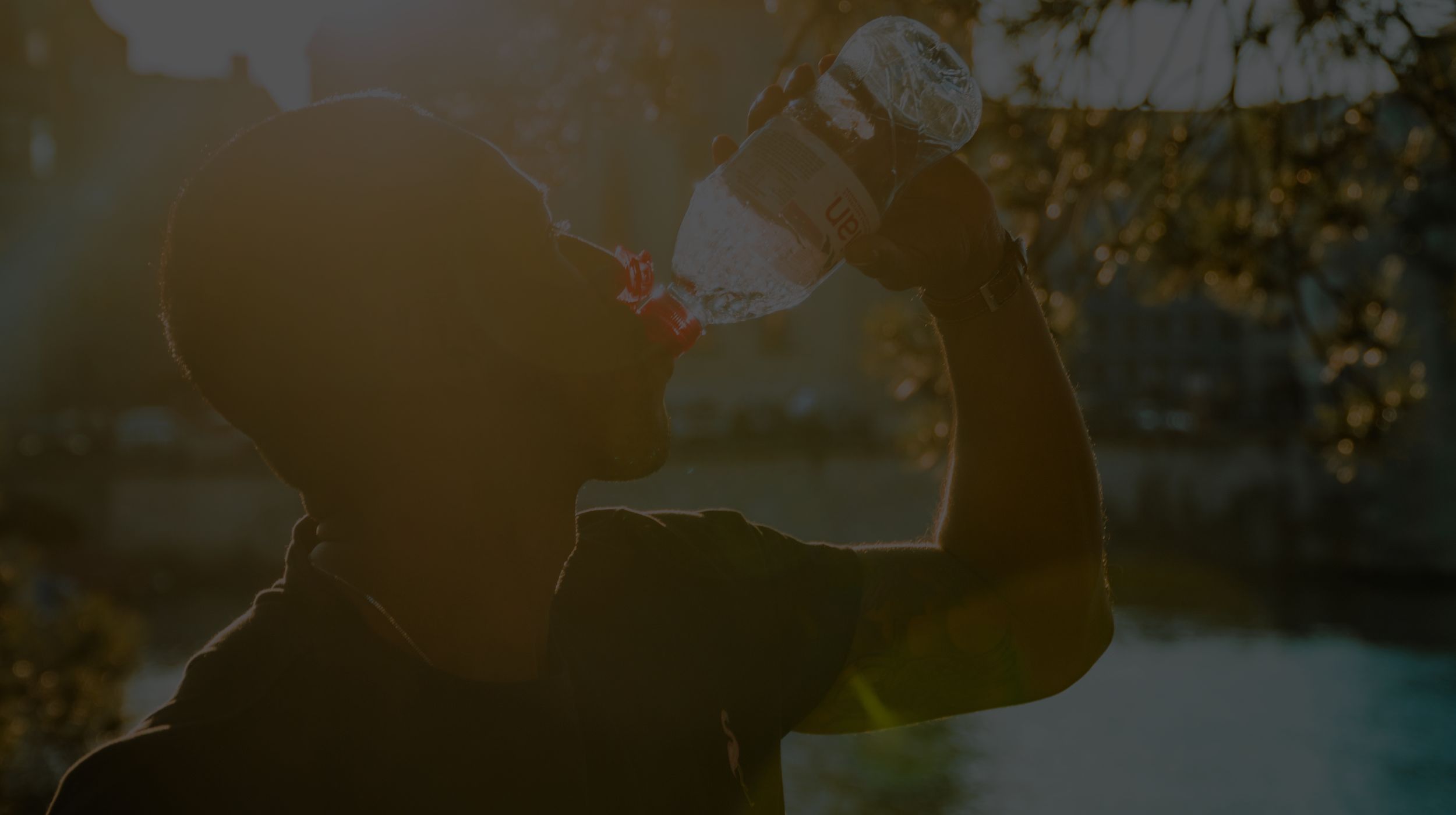
05 Hyperthermia
Die of heat is not just an expression…
Hyperthermia is characterized by a dangerous increase in body temperature. Stress hyperthermia for an healthy athlete can lead to destruction of the liver,which will require urgent liver transplantation to survive. Mortality is correlated with the time spent at a temperature above 40.5 °C.
Factors favoring hyperthermia:
 Intense effort with poor heat dissipation
Intense effort with poor heat dissipation Efforts made in hot and humid environments
Efforts made in hot and humid environments Insufficient training, lack of acclimatization
Insufficient training, lack of acclimatization Inadequate hydration.
Inadequate hydration. Cardiovascular disorders .
Cardiovascular disorders .
What are the symptoms?
 Headache and severe headache
Headache and severe headache  Irritability
Irritability Confusion & abnormal state of consciousness
Confusion & abnormal state of consciousness Rectal temperature > 40°
Rectal temperature > 40°
Our advice
Prevention of Hyperthermia
 Hydration does not refresh! Hydrate yourself normally!
Hydration does not refresh! Hydrate yourself normally!  Prevent hyperthermia by spraying your body with water regularly during intense exertion in hot weather.
Prevent hyperthermia by spraying your body with water regularly during intense exertion in hot weather. Hyperthermia must imperatively be stopped very quickly:your temperature must drop below 39 ° C within 30 minutes All means are good to lower the temperature: ice cube pool, ice packs on the neck and groin!
Hyperthermia must imperatively be stopped very quickly:your temperature must drop below 39 ° C within 30 minutes All means are good to lower the temperature: ice cube pool, ice packs on the neck and groin!  Your state of health should be monitored for 48 hours after the onset of hyperthermia : ask for a medical advice!
Your state of health should be monitored for 48 hours after the onset of hyperthermia : ask for a medical advice!
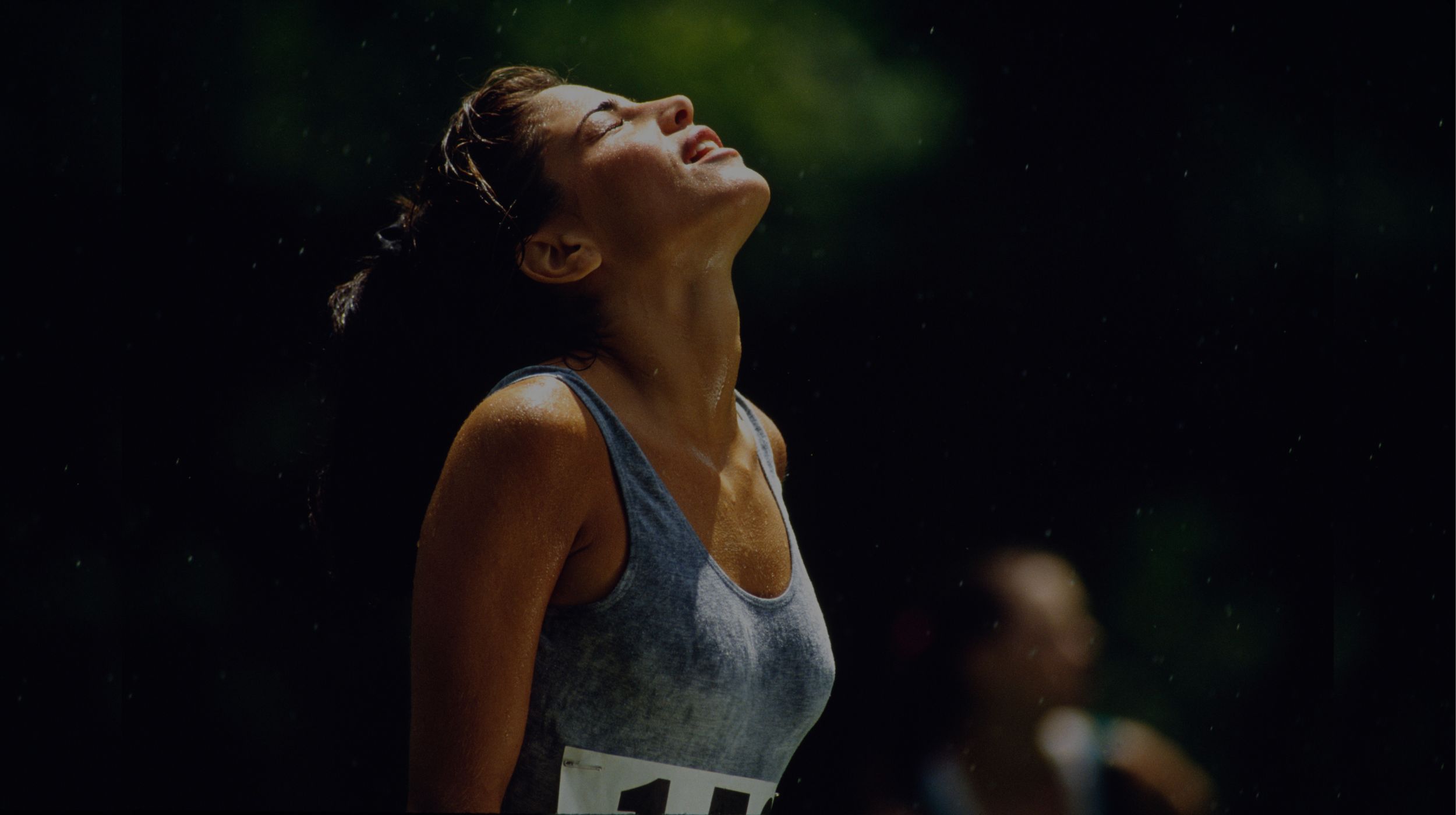
06 Hypothermia
1 lighter, 1 candle, 1 survival blanket… and you live…
Hypothermia occurs in subjects immobilised in a cold environment with a drop in body temperature below 35°C.
Factors favoring hypothermia:
 Prolonged sports practice in the cold, in the wind, in the rain and with unsuitable equipment.
Prolonged sports practice in the cold, in the wind, in the rain and with unsuitable equipment. Alcohol or drug use
Alcohol or drug use  Dehydration and consumption of energy drinks (caffeine, taurine, etc.).
Dehydration and consumption of energy drinks (caffeine, taurine, etc.). Taking drugs increases sensitivity to cold (benzodiazepines, anti-depressants, beta blockers, etc.).
Taking drugs increases sensitivity to cold (benzodiazepines, anti-depressants, beta blockers, etc.).  Some predisposing conditions: diabetes, endocrine disease, etc. Individual sensitivity and age of the athlete.
Some predisposing conditions: diabetes, endocrine disease, etc. Individual sensitivity and age of the athlete.
What are the symptoms?
 Mild hypothermia (36 ° C to 32 ° C): chills, chicken flesh, cold sensations, increased heart rate, breathing difficulties, urge to urinate.
Mild hypothermia (36 ° C to 32 ° C): chills, chicken flesh, cold sensations, increased heart rate, breathing difficulties, urge to urinate. Moderate or severe hypothermia (below 32°C) : end of shivering with rather tremors, feeling of well-being with decrease in heart rate, onset of coma
Moderate or severe hypothermia (below 32°C) : end of shivering with rather tremors, feeling of well-being with decrease in heart rate, onset of coma
Our advice
 Even during the summer, a thunderstorm can suddenly drop the temperature by 20 ° C. Always bring at least one warm clothing and one waterproof jacket !
Even during the summer, a thunderstorm can suddenly drop the temperature by 20 ° C. Always bring at least one warm clothing and one waterproof jacket !  Undress yourself to put your dry clothes next to the skin.
Undress yourself to put your dry clothes next to the skin. Bring a lighter, candle and a survival blanket with you so you can make a “hot spot”, as the video below explains:
Bring a lighter, candle and a survival blanket with you so you can make a “hot spot”, as the video below explains:

07 Frostbite
You’re not supposed to change colors !
Although all sportsmen and women are aware of chillblains, it is important to be vigilant so that it does not turn into frostbite or even severe frostbite.
What are the symptoms?
 Chillblains: painful numbness at the fingertips. The warming-up phase is very painful and may be accompanied by nausea.
Chillblains: painful numbness at the fingertips. The warming-up phase is very painful and may be accompanied by nausea.  Light Frostbite: purplish pimples at the extremities with edema and itching.
Light Frostbite: purplish pimples at the extremities with edema and itching.  Heavy Frostbite: deep lesion with tissue necrosis due to lack of vascularization.
Heavy Frostbite: deep lesion with tissue necrosis due to lack of vascularization.
Our advice
 If your fingers do not return to normal coloring within an hour, get warm and ask for a medical advice!
If your fingers do not return to normal coloring within an hour, get warm and ask for a medical advice!

08 Sleep Deprivation Issues
Avoid (literally) falling asleep
You become Ultra-endurance finisher by taking care of your sleep!
What are the symptoms?
 Lack of lucidity, but also a drop in motivation, mood disorders
Lack of lucidity, but also a drop in motivation, mood disorders Falls, hallucinations, increased perception of effort.
Falls, hallucinations, increased perception of effort.
The brain activity of finishers at the end of ultra-endurance races can be compared to a blood alcohol level of 1.5g/l.
Our advice
Optimize your sleep
 Sleep as much as possible in the weeks before the start (full battery).
Sleep as much as possible in the weeks before the start (full battery). Start a race with a strategy which complies with the expected race duration and your experience.
Start a race with a strategy which complies with the expected race duration and your experience. Try to keep your regular meal and rest times.
Try to keep your regular meal and rest times. Regular and short naps are very beneficial to reduce your sleep debt (8 to 20 minutes maximum to remain focus when you wake up)
Regular and short naps are very beneficial to reduce your sleep debt (8 to 20 minutes maximum to remain focus when you wake up)
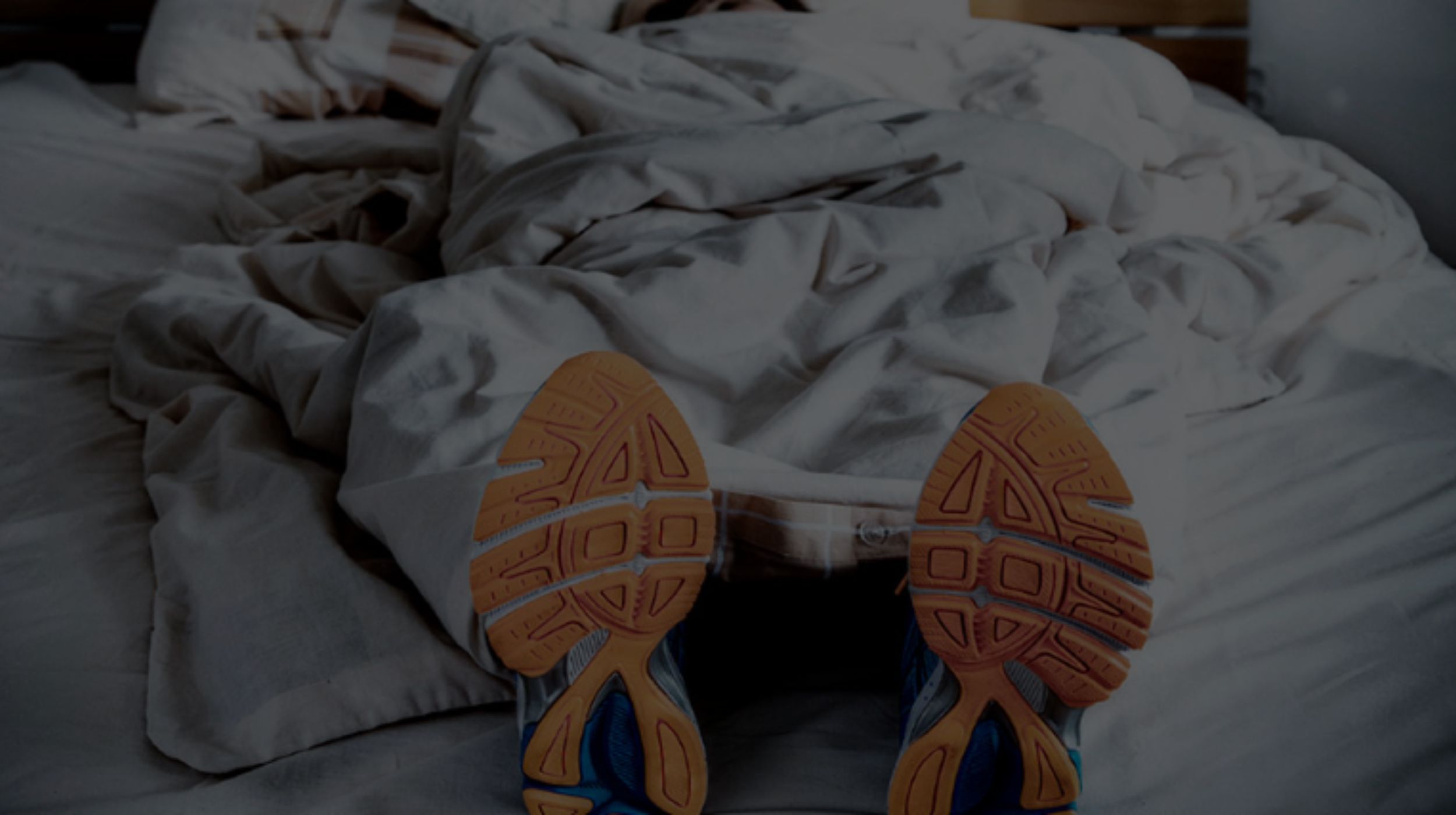
09 Cramps
When it pulls, listen to yourself !
Cramps affect almost 25% of ultra-endurance athletes and are the leading cause of withdrawal. There are many theories regarding their origin but none of them have scientific definitive validation.
Among the unproven popular belief we find:
 “If I drink a lot and eat salt, I won’t get cramps”
“If I drink a lot and eat salt, I won’t get cramps” “Cramps are caused by magnesium deficiency”
“Cramps are caused by magnesium deficiency” “Against cramps, eat bananas”
“Against cramps, eat bananas”
The most successful studies suggest an impaired neuromuscular control caused by muscle fatigue and an individual predisposition of each athlete.
Our advice
 Rest before the race.
Rest before the race. Startslowly! Most stressed muscles are most likely to experience overspeed cramps. So, in trail running, the use of sticks can help to distribute the workload.
Startslowly! Most stressed muscles are most likely to experience overspeed cramps. So, in trail running, the use of sticks can help to distribute the workload.
In case of cramps:
 For cyclists, if a cramp occurs in only one calf during a long effort, talk to the race doctor!
For cyclists, if a cramp occurs in only one calf during a long effort, talk to the race doctor!
Cramping is a sign of dysfunctions that must be considered but does not necessarily imply withdrawal. In case of cramps, spread out the effort and adopt an economical stride, possibly interrupted by short stretching of the painful area.

10 Insurance
Check your insurance policy fisrt !
Hospital Admission
Each day of hospitalization in intensive care can amount to 4000€/day. For instanc,e given rabdomyolysis care can exceed 10 days of hospitalization, it is important to be covered for this risk of hospitalization!
Helicopter Evacuation
Although ground rescue is almost always free at sporting events, this is rarely the case for helicopter rescue.
Several scenarios can occur:
While Medical Care is generally free of charge during the event, treatment becomes chargeable when your condition requires the use of a helicopter, transport to the hospital treatment at the hospital and repatriation. The helicopter itself can cost up to 100€/minute with rescue duration up to 90 minutes. So be careful that your Search and Rescue insurance is valid in competition and covers you for an amount greater than €10,000.
Our advice
Have at least the following guarantees:
 Valid for training and competition
Valid for training and competition valid anywhere in the world, regardless of your country of residence
valid anywhere in the world, regardless of your country of residence Search and rescue costs : 50 000€.
Search and rescue costs : 50 000€. Medical expenses: €150,000 outside the country of residence (€5000 in the country of residence)
Medical expenses: €150,000 outside the country of residence (€5000 in the country of residence) Repatriation or medical transport: Actual costs
Repatriation or medical transport: Actual costs Repatriation of sports equipment in the event of hospitalisation: Actual costs.
Repatriation of sports equipment in the event of hospitalisation: Actual costs.
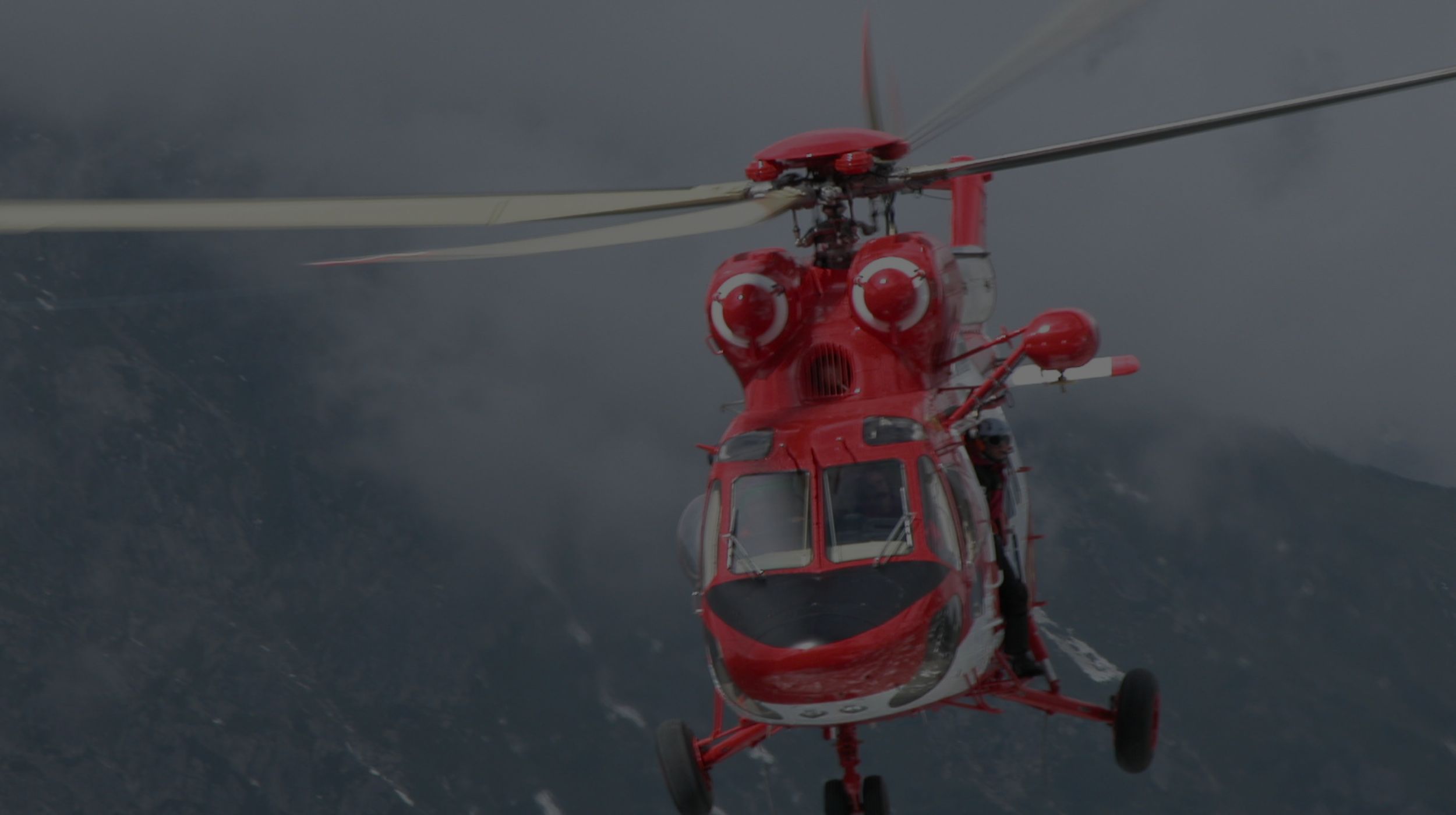
# Summary
Make yourself a healthy finisher!
Our ultimate advice
What not to do:
 Do not take anti-inflammatory drugs before and during effort!
Do not take anti-inflammatory drugs before and during effort!
What to do:
 Regularly sprinkle water on your head in case of heat
Regularly sprinkle water on your head in case of heat Drink when you feel thirsty
Drink when you feel thirsty Drink soups at supplies and upon arrival
Drink soups at supplies and upon arrival Have a reinforced survival blanket, a candle and a lighter with you
Have a reinforced survival blanket, a candle and a lighter with you Take regular and brief naps
Take regular and brief naps
Consult a doctor immediately if:
 Dark, red, black urine
Dark, red, black urine Inability to urinate or very low urine flow
Inability to urinate or very low urine flow Very painful muscles
Very painful muscles
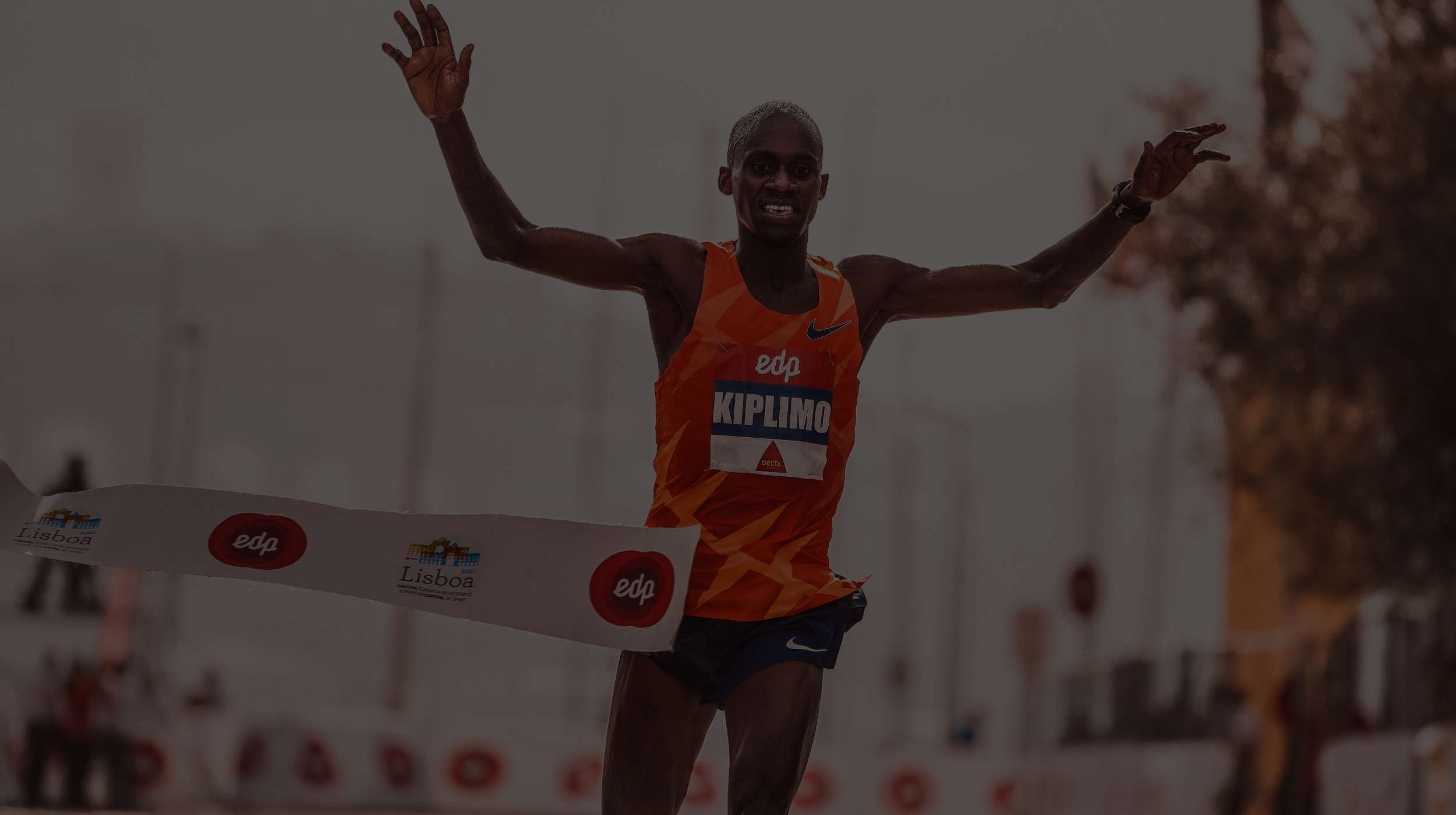
Medical Advisor

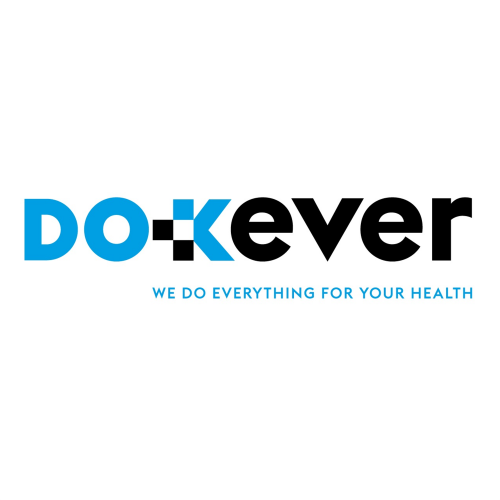
This advice for the practice of an Ultra Endurance activity is provided to you by Dr. Patrick Basset, Medical Director of the Paris Marathon and the Ultra Trail du Mont Blanc,
Health Advice
By logicoss
These health tips are provided by Logicoss Digital Healthcare and offered by logicoss.
Disclaimer: logicoss does not intervene in the educational content provided and does not have access to your personal and health data, let alone your responses to the Health Questionnaire.


 Discover
Discover

